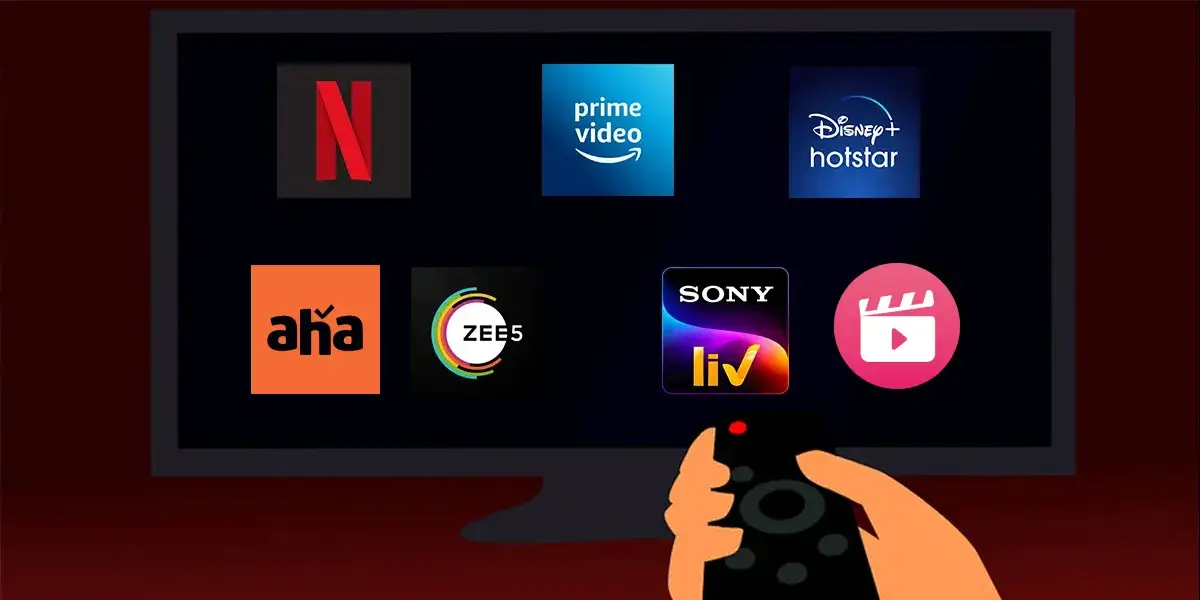India’s entertainment landscape is undergoing a dramatic transformation, fueled by a surging demand for online content. A recent report reveals that over 707 million Indians engaged with over-the-top (OTT) streaming services in 2023, marking a significant growth in this dynamic sector. This trend signifies a fundamental shift in how Indians consume their entertainment, with traditional media outlets facing a potent challenge from the convenience and vast offerings of OTT platforms.
The report, highlighting the pervasiveness of OTT, further elaborates that a staggering 208 million individuals now exclusively rely on these platforms for video content, surpassing the 181 million viewers still using conventional TVs. This shift represents a significant change in viewing habits, particularly in rural India, which has emerged as a surprising driver of this growth, contributing over 50% of the user base. This can be attributed to factors such as increasing internet penetration in rural areas, the affordability of smartphones, and the diverse and localized content offered by various OTT platforms.
Firstly, the affordability and accessibility of smartphones and internet connectivity have created a fertile ground for online content consumption. Secondly, competitive pricing strategies adopted by major OTT players like Netflix, Amazon Prime Video, Disney+ Hotstar, and regional players like Voot and SonyLIV have made these services accessible to a wider audience. Additionally, the proliferation of diverse and high-quality content catering to varied regional preferences and languages has further fueled the popularity of these platforms.
Furthermore, OTT platforms have proven to be adaptable and responsive to the evolving demands of the Indian audience. They are constantly innovating their content strategies, investing heavily in original programming that resonates with local sensibilities. These platforms are also actively expanding their regional content libraries through partnerships with regional studios and filmmakers, catering to the diverse linguistic and cultural landscape of India.
However, the rise of OTT also presents certain challenges. Content regulation remains a debated issue, with concerns regarding censorship and the potential impact on creative freedom. Additionally, the fragmented nature of the market with numerous players vying for users’ attention can lead to subscription fatigue and limit the ability of smaller platforms to compete.
Despite these challenges, the future of OTT in India appears bright. The market is expected to witness continued growth, with revenue projections reaching a staggering US$4.06 billion in 2024 and an annual growth rate exceeding 7% until 2029. This signifies the immense potential of this sector and its ability to shape the future of entertainment in India.
In conclusion, the rapid adoption of OTT platforms in India represents a paradigm shift in how the nation consumes entertainment. Driven by affordability, accessibility, and a diverse content library, this sector is empowering viewers with greater choice and convenience. As the market continues to evolve, navigating the complexities of content regulation and market fragmentation will be crucial in ensuring the sustainable and responsible growth of this dynamic industry.





